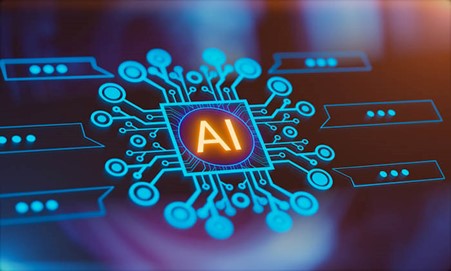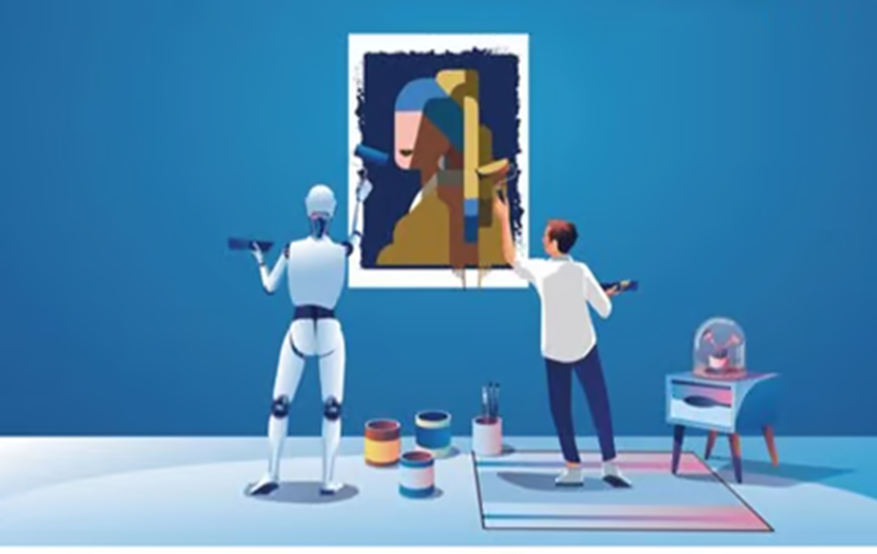


04
NOV
With the prevalence of social media today, creating content that goes viral is a key goal for marketers, influencers, and brands. But what if we could predict which content will go viral before it happens? This is where Artificial Intelligence (AI) enters – a technology increasingly used to forecast what may go viral in our digitally connected world. But can AI really anticipate what will capture the internet next month or next week, or is it merely a new ‘‘magic bullet’’ in the growing arsenal of marketing tools?
To understand how AI might predict virality, it’s essential first to know what makes content go viral. Virality is often a mix of timing, relevance, emotional impact, and ease of sharing. Content that aligns with current trends, triggers an emotional response, or resonates culturally is more likely to be shared, liked, and reposted widely.
Predicting this complex blend of factors can seem impossible. What resonated last week might not resonate today. This is where AI steps in, scanning through vast datasets to uncover correlations and trends that might elude human perception.
AI shines at handling large datasets, which is why it’s increasingly used to predict potential virality. AI analyzes past data to track when posts were shared, what type of content was involved, how audiences engaged with it, and its spread across social platforms.
For example, AI can perform sentiment analysis on social media posts to identify trending topics or fading interests. It can also evaluate the effectiveness of different content types (videos, memes, articles) on specific platforms and among various audiences, providing insights into what could be the next viral sensation.
Despite AI’s potential, predicting virality remains challenging. Human behavior is unpredictable and difficult to quantify. Virality often relies on spontaneous reactions, which are hard for algorithms to gauge accurately.

Additionally, AI models are only as effective as the data they are trained on. Without diverse and trend-inclusive data, AI may miss out on outliers—like sudden, unexpected trends. Furthermore, AI tends to promote trends based on past data, which can sometimes stifle originality and lead to repetitive content.
Ultimately, the best approach to predicting virality blends AI’s analytical power with human creativity. While AI can guide content strategy by suggesting topics and formats with high engagement potential, human intuition and emotional insight are crucial for crafting content that resonates.

As AI technology advances, its ability to predict virality may improve. We may see AI models that better capture nuances in human behavior and audience attitudes. However, virality will always retain an element of unpredictability, making it as much about timing as about trends.
In conclusion, AI offers valuable tools for enhancing our understanding of viral potential. By combining AI’s data analysis with human creativity, marketers can boost their chances of achieving viral success while embracing the unpredictability that makes virality so fascinating.